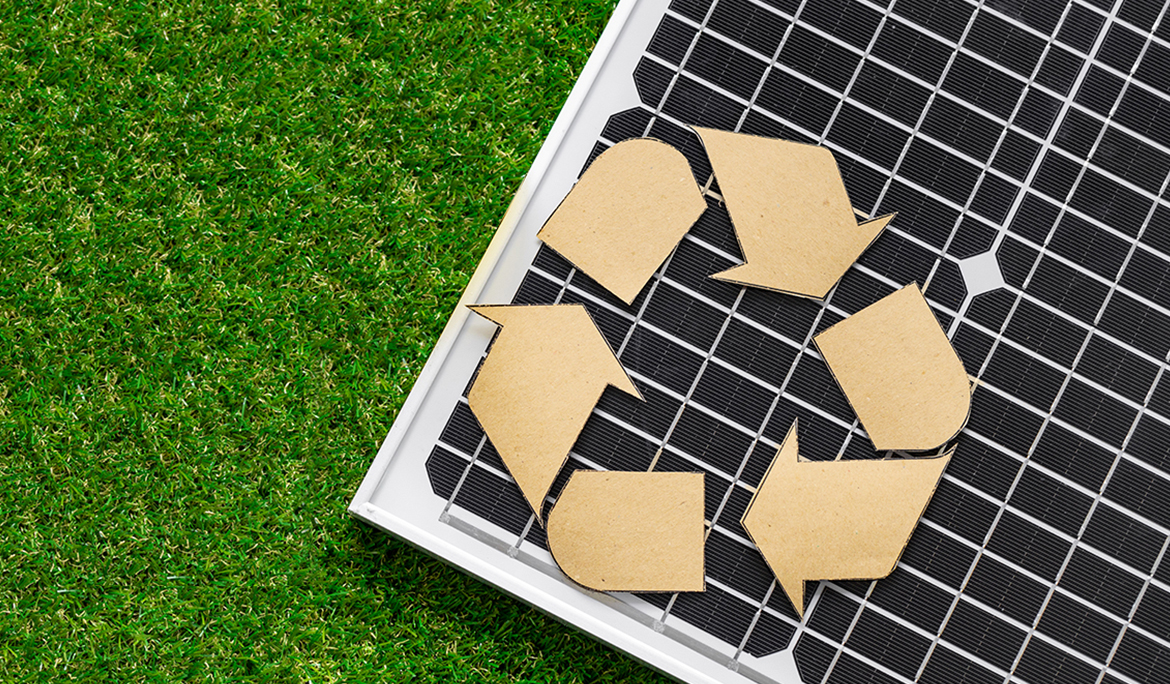From Waste to Resource: The Potential of Solar Panel Recycling in a Circular Economy
Solar systems are rapidly gaining popularity as one of the most economic friendly renewable energy generation methods. The technological advancements in engineering and science have made solar systems less expensive and easily accessible in any location that has good solar irradiance levels. With a life span of around 30 years, solar panels have minimal maintenance over their life cycle. Nevertheless, it’s important to understand what happens to them once they are decommissioned or how they are recycled without being a burden to the environment at the end of their life cycle.
Silicon based solar panels are categorized as electronic waste and cannot be dumped into landfills without going through a rigorous recycling process. Regulations on dumping electronic waste emphasize that such waste is hazardous due to the lead and cadmium metal content in the materials. Solar panels can be reused or sold in the secondhand market for various energy requirements once they are decommissioned. There is an emerging market for second hand solar panels in developing countries and this can be an excellent opportunity for the decommissioned panels to receive a second life.
Solar panels consist of silicon solar cells, aluminum frames, glass, copper wires and a plastic junction box. Recycling most of these materials is quite simple as the recycling of glass is a well-established industry in any region. However, the complexity arises when it comes to recycling solar cells as they contain toxic metals such as lead and cadmium and cannot be dumped into the environment directly. The recycling process of silicon based solar panels involves a three-step process where the first step involves dismantling the aluminum panel frame and the glass part. Then the frame part is used to remold new solar panel frames and the silicon-based glass is heat treated in a 500oC thermal processing unit to reverse the binding of the cell to be further processed. The result of the thermal process gives the silicon particles or wafers to be used for new solar panel manufacturing.
In conclusion, recycling solar panels is not only environment friendly but can also create new job opportunities and revenue generation. This is an important step in reducing the environmental impact of solar energy systems. The manufacturing of solar panels requires significant amounts of energy and resources whereas recycling old panels leads to reduction of new materials for processing. This will lead to a more sustainable economy with minimal waste. This also contributes to tackling the issue of electronic waste where a proper recycling infrastructure and mechanism is needed to manage this type of waste. Reuse of solar panels can be highlighted as one of the best ways to prevent dumping of decommissioned solar panels to landfills. Even though the power generated through an old panel can be less efficient, they can be used in circumstances where power generation efficiency is not important and where space is quite limited. They can be used in situations such as portable power stations, for camping needs or to power up garages and greenhouses etc. As we move towards a greener and sustainable future, solar panel recycling is essential to realize the complete benefit of solar energy and achieving circular economy for solar panels.





